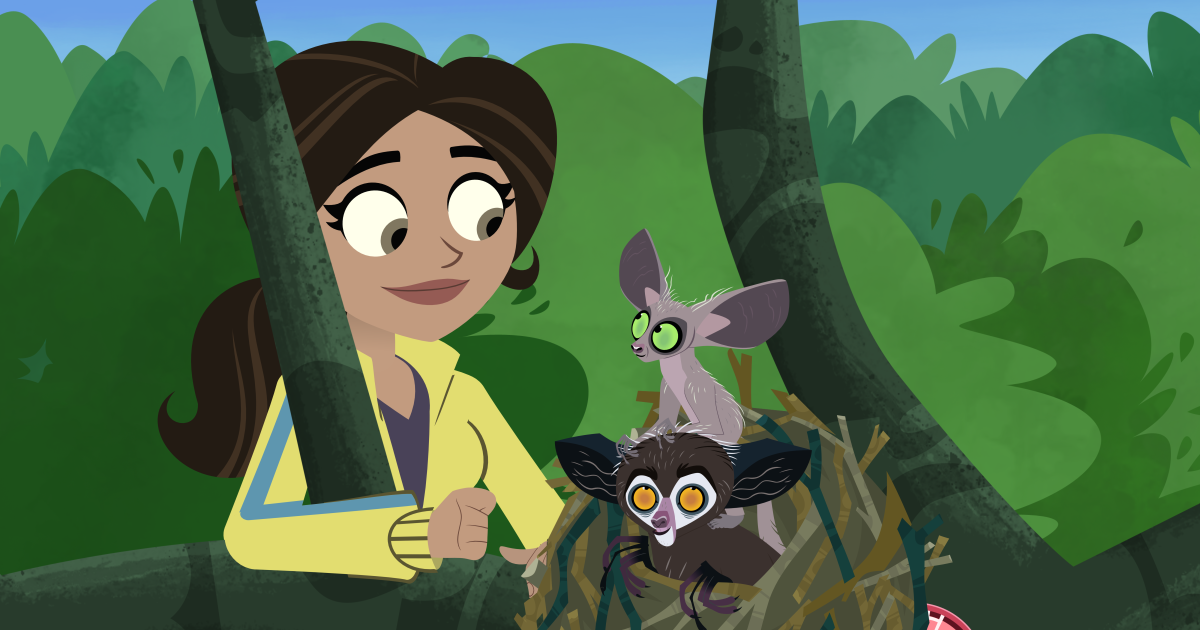
The aye-aye (Daubentonia madagascariensis) is a fascinating and enigmatic lemur species native to Madagascar. With its unique physical characteristics and behavior, the aye-aye has captured the attention of scientists and animal enthusiasts alike. In this article, we will explore the physical features, habitat, behavior, and conservation status of the aye-aye.
Physical Features
The aye-aye is a long-fingered lemur with a distinctive appearance. It has large eyes, a short face, and long, coarse, dark brown or black fur [3]. The aye-aye’s most notable feature is its elongated middle finger, which is thin and bony and used for tapping on trees to locate insects [1]. This adaptation is unique among primates and has earned the aye-aye the nickname “woodpecker lemur” [2]. Additionally, the aye-aye has rodent-like teeth that continually grow [3], allowing it to gnaw through tough bark to access insect larvae.
Habitat
The aye-aye is found only in Madagascar, where it inhabits rainforests and deciduous forests in the eastern part of the island [4]. The species is nocturnal and arboreal, spending most of its time in trees [1]. Aye-ayes construct nests in tree branches for sleeping during the day [2]. They are known to have large home ranges, with males occupying larger areas than females [4].
Behavior
The aye-aye has a highly specialized diet consisting almost entirely of invertebrates, including insect larvae, spiders, and worms [5]. They also consume some nuts and seeds and have been known to raid plantations for coconuts, lychees, and mangoes [5]. Aye-ayes are solitary animals, with the exception of mothers and their offspring [2]. They use a variety of vocalizations to communicate, including grunts, clicks, and whistles [4].
The aye-aye has a unique hunting behavior that involves tapping on trees with its middle finger to locate insect larvae. Once it has located prey, the aye-aye uses its rodent-like teeth to gnaw through the bark and extract the larvae [1]. This behavior has been described as “freaky fingers” due to the aye-aye’s unusual elongated middle finger [5].
Conservation Status
The aye-aye is listed as Endangered by the International Union for Conservation of Nature (IUCN) due to habitat loss and hunting [1]. The species is considered a pest by some farmers due to its habit of raiding plantations [2]. Additionally, aye-ayes are sometimes killed for their meat or captured for the pet trade [4]. Conservation efforts are underway to protect the species, including habitat restoration and education programs for local communities [1].
Conclusion
The aye-aye is a unique and fascinating lemur species with distinctive physical features and behavior. Its elongated middle finger and rodent-like teeth make it well-adapted to its specialized diet of invertebrates. However, habitat loss and hunting threaten the survival of this species. Conservation efforts are crucial to protect the aye-aye and ensure its continued existence in the wild.





